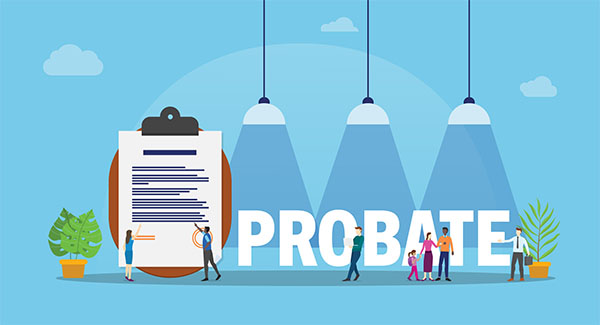Consider needs and lifestyle to come up with a perfect match
Like people, retirement communities come in a variety of types. Some are small and feel like a neighborhood while others are larger and offer lots of amenities. If you or a loved one is interested in exploring options for retirement living, this article can help you understand the differences and what to look for as you make your decision.
Moving to a senior living community? WayForth’s move professionals have your back! We can help with all aspects of your move like downsizing, packing and unpacking, storage services and more. Let us take the stress and hassle out of your next transition by contacting our team of experts today!
Three types of communities
Most retirement communities are one of three common types: independent living, assisted living and continuing care retirement communities (CCRC).
Independent Living
One of the most popular choices for retirement living, independent living involves a monthly cost for an apartment or cottage in a community where meals, activities and social interaction are offered.
Often these residences offer free and paid activities that you can join and have a front desk or concierge to help with services. There is usually a paid maintenance staff so you don’t have to worry about finding a handy man if you need assistance with something like hanging a photo or fixing a broken light fixture.
Pricing is determined by the size of the apartment or cottage and by the number of amenities within the community. A place with a full gym and pool might be more expensive than just a senior apartment community with a few extras.
Pro:
- Allows independence along with maintenance-free living and social interaction
Con:
- No personal assistance or medical help is included
Assisted Living
This is a good choice for someone who might need help dressing or with meals and medications, but still can function independently to some degree. There is a wide range of care offered in assisted living, so make sure that your personal needs can be met at the community you choose.
At most assisted living communities, there are activities for the residents and meals served in a dining room or the person’s apartment. Spaces can range from a studio to a larger one- or two-bedroom apartment. The cost of an assisted living home is based on the size of the apartment and the level of care you will need.
Pro:
- Daily personal assistance is included
Con:
- Skilled nursing or additional medical assistance is not part of assisted living
Continuing Care Retirement Community (CCRC)
If you’re the kind of person who wants to stay in one place throughout your retirement years, a continuing care retirement community (CCRC) is for you. This is a way to make one decision and eliminate the worry of planning new arrangements at each life stage. Usually, a CCRC is a large campus that includes several buildings for different levels of care.
Most CCRCs start with an independent living arrangement in an apartment or cottage and then the resident can transition to assisted living or skilled nursing as needed. Each level includes dining areas with meals and staff to assist with activities per the residents’ needs.
While this option is the most expensive of the three, it may make sense for you if you like the peace of mind of a continuous residence.
Pro:
- Every stage of retirement life is covered in one community
Con:
- A high entrance fee and long-term commitment is needed for a CCRC
Take a tour
Make sure you know what you need and want in your retirement living. Do you want to be close to a family member or are you looking for warmer weather? What can your budget reasonably allow? How is your health today and what is your prognosis for the future?
Make sure that you visit several types of communities and different locations before you make your final decision. Seeing communities and talking to their staff members and residents can give you a good feeling for the place and how the lifestyle will meet your needs.
When you tour a community, make sure to ask plenty of questions and understand the details of any contracts you might sign. Some communities request a down payment and others have certain discounts if you can make a commitment for multiple years. Knowing the intricacies up front can save issues down the road.
If you or a family member would like information on how WayForth’s senior move management can help you move into the community of your choice with our comprehensive moving solutions, call our moving professionals today at 1.844.WAYFORTH.






